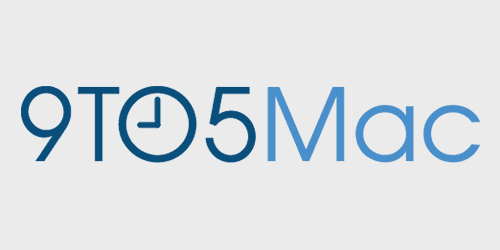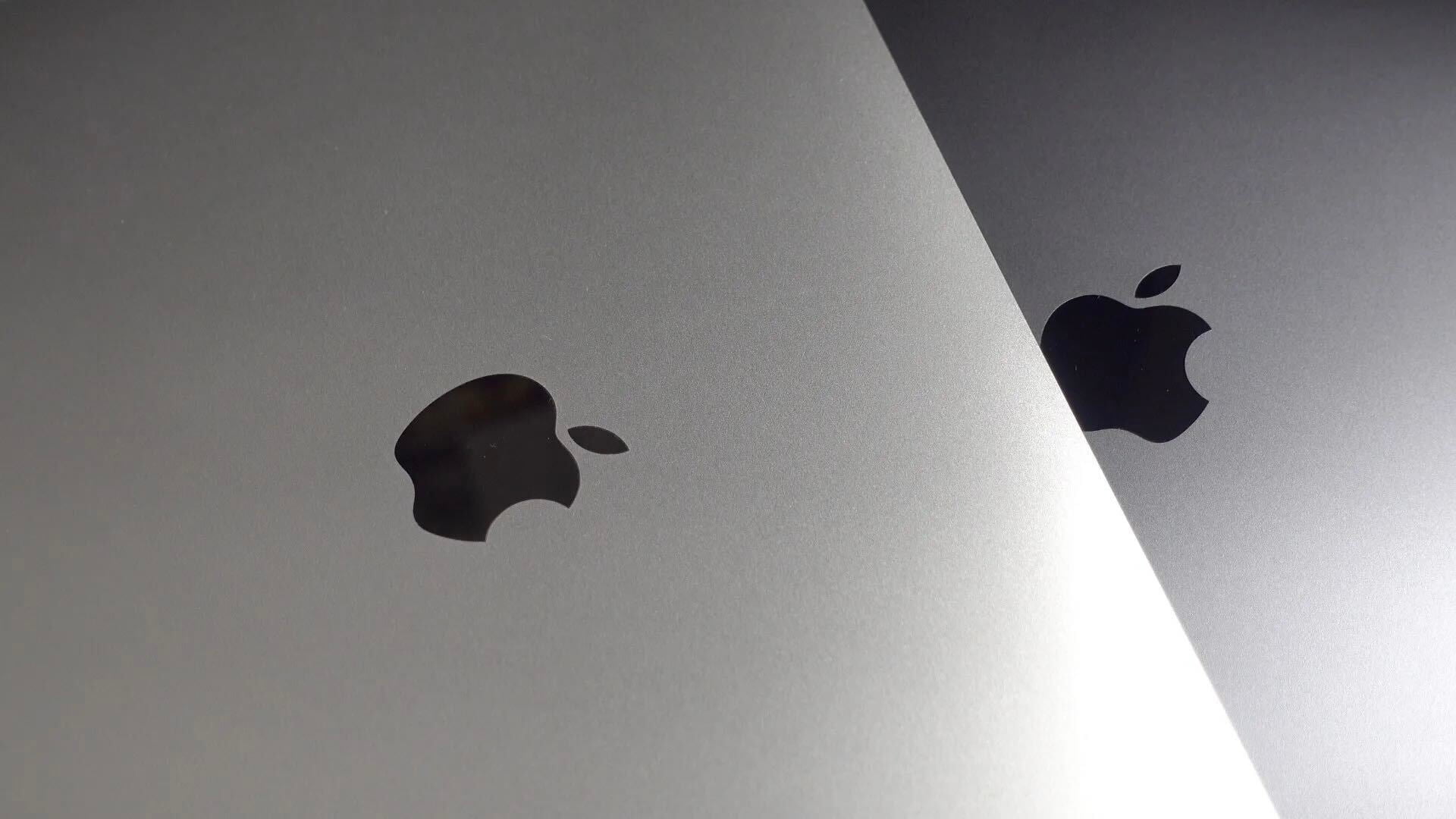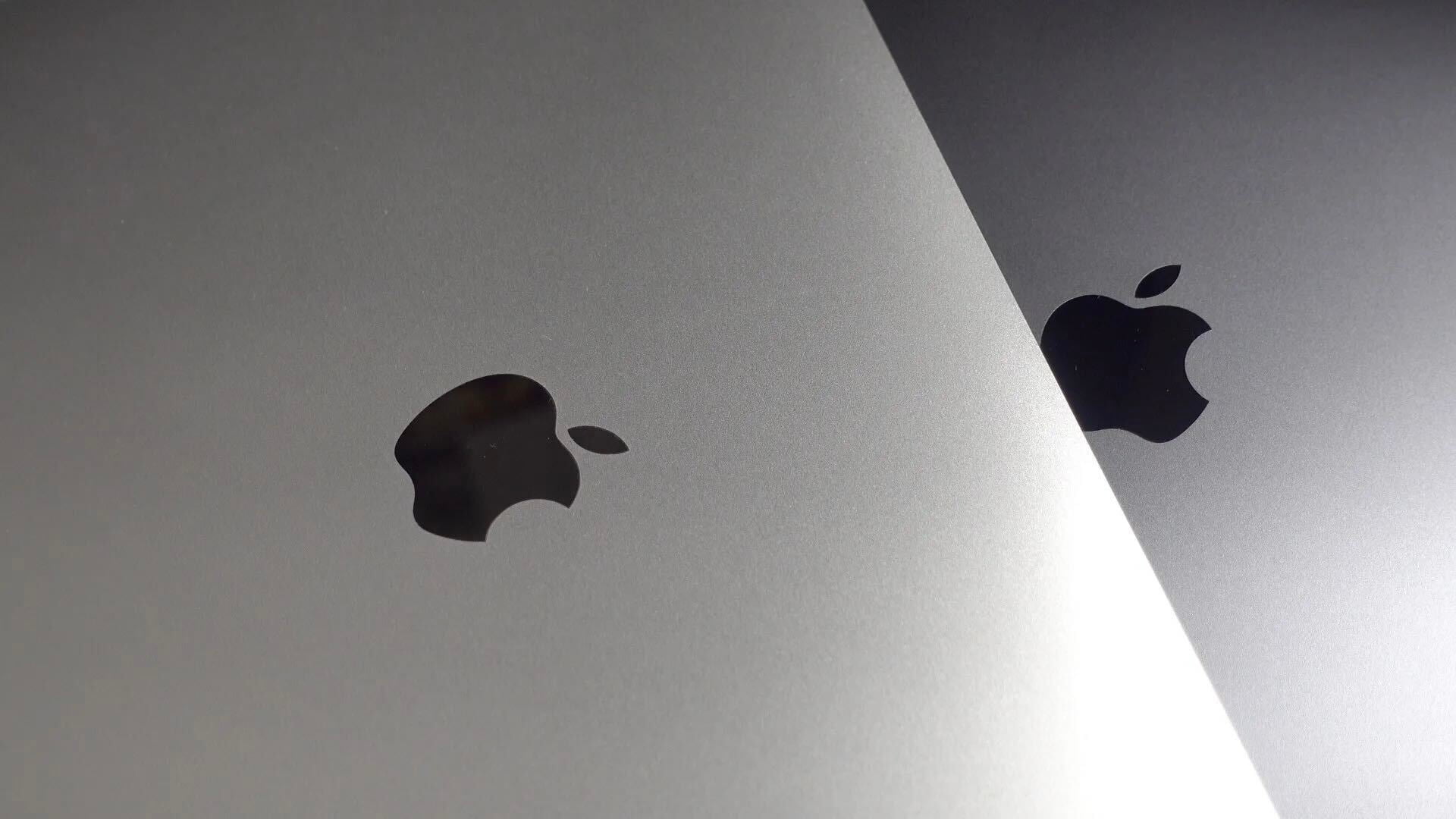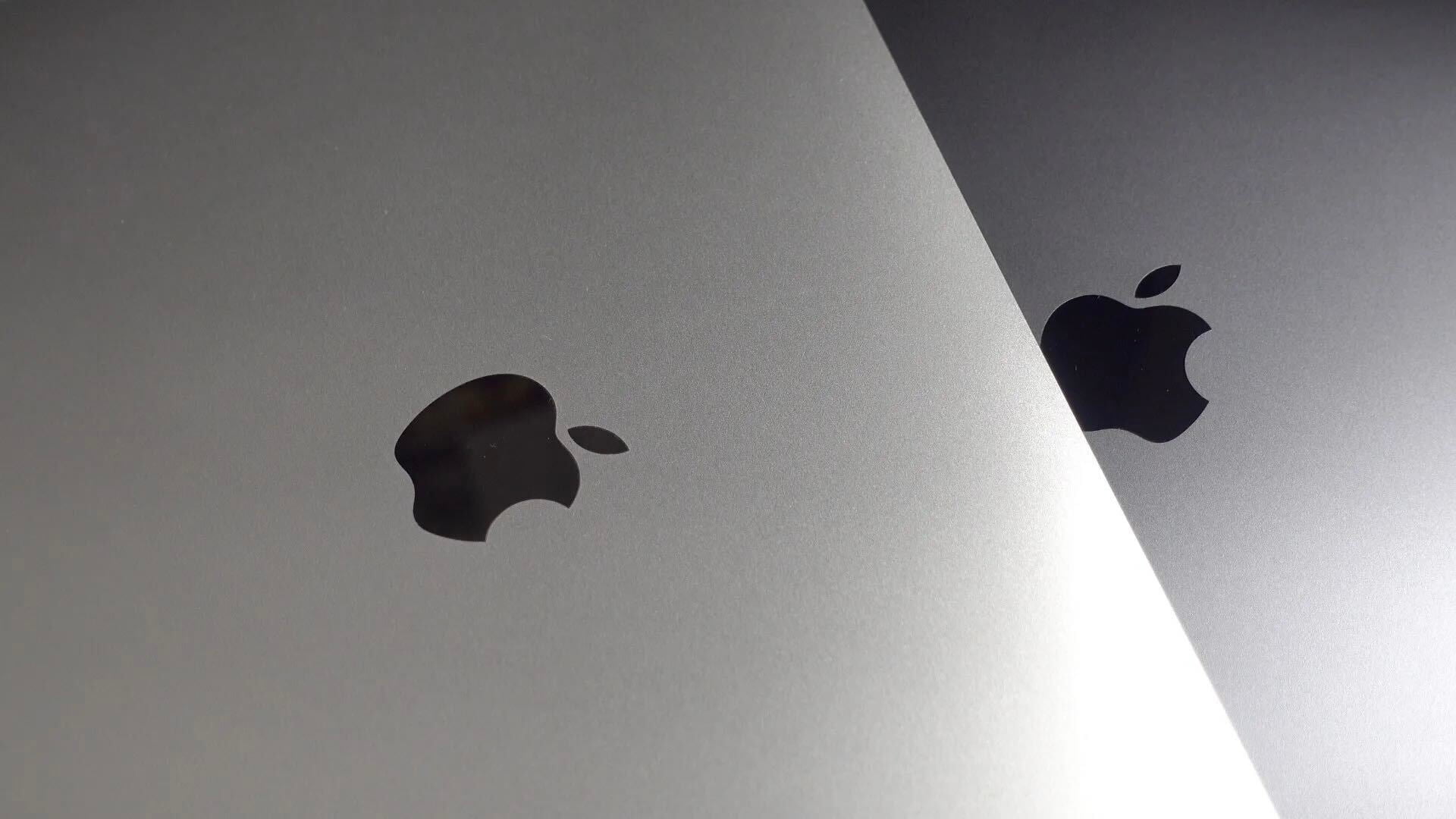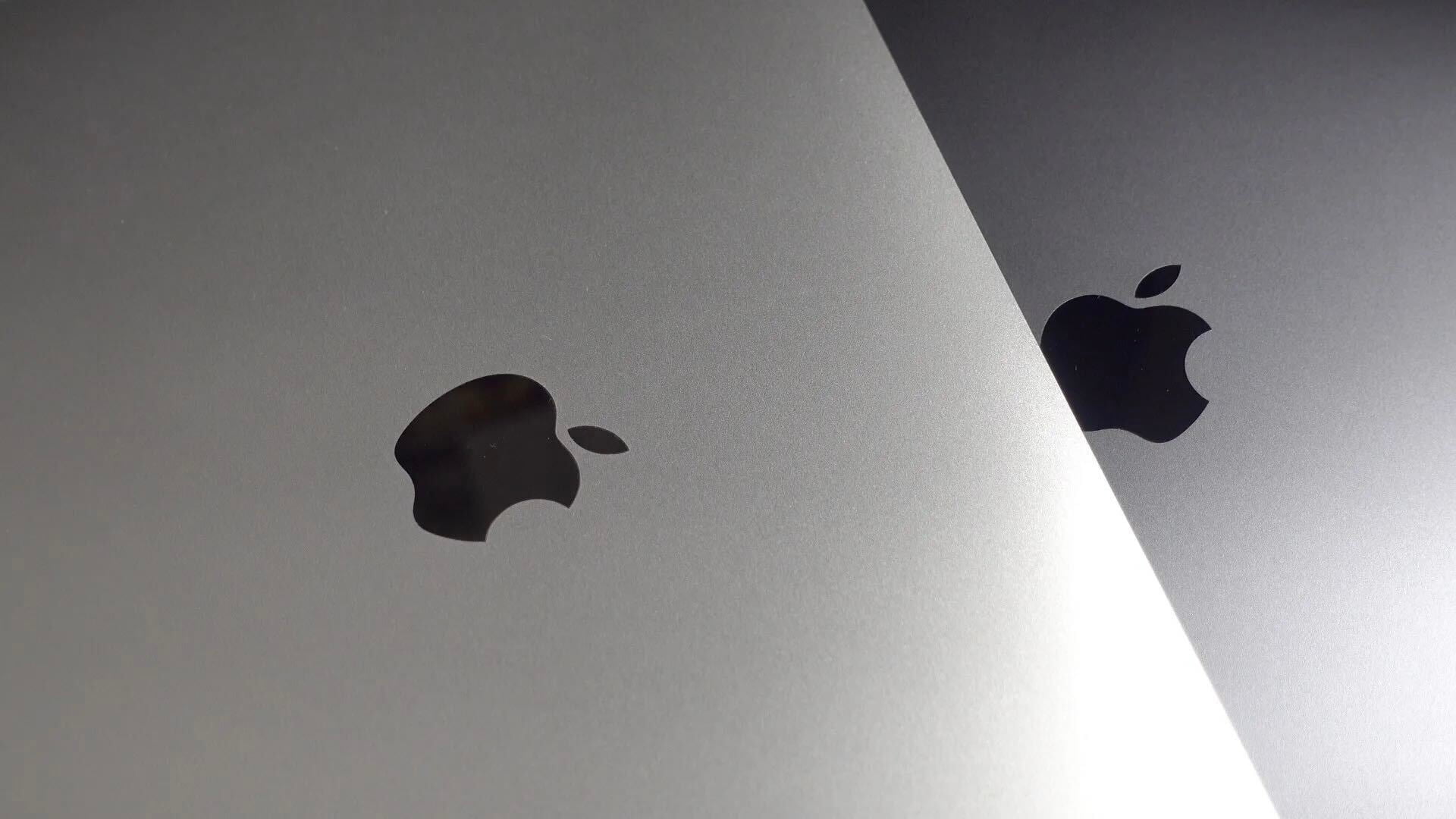Apple Health
Apple's next big thing
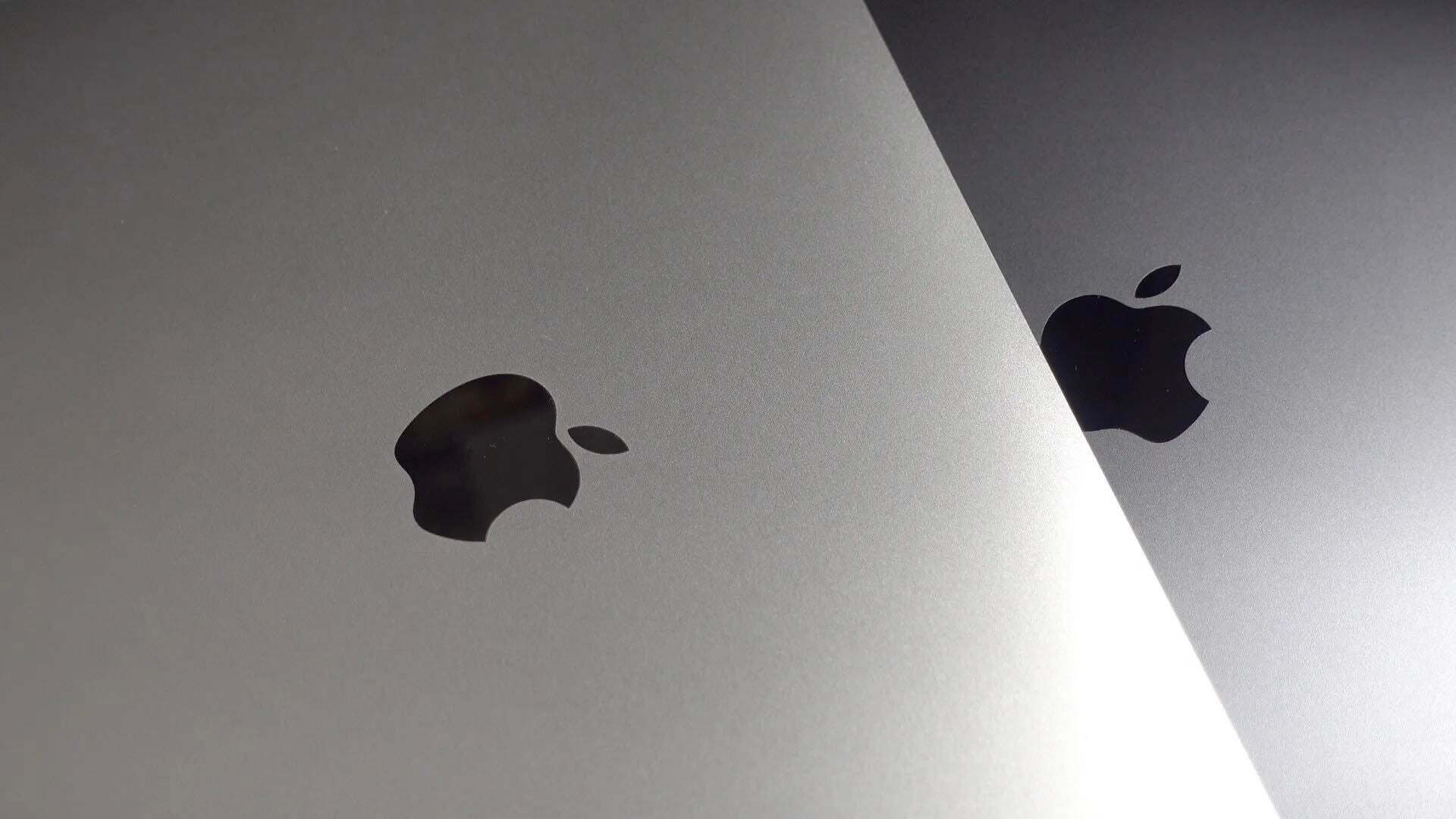
When the Apple Watch was originally released in 2015, it was pitched as a great watch, an intimate way to communicate, and a comprehensive fitness device. While the original Apple Watch (later renamed Series 0) lacked GPS and was generally a slow device, it has shown dramatic improvements year over year particularly for Apple’s health initiatives.
When Apple released the Series 1 and Series 2 Apple Watches, it added heart rate monitoring for Apple Health. When you enable heart rate monitoring, you can also turn on heart rate notifications, so you know if your heart rate remains above or below a chosen beats per minute (BPM), or to occasionally check for an irregular heart rhythm. Irregular rhythm notifications are available only with watchOS 5.1.2 or later in certain countries.
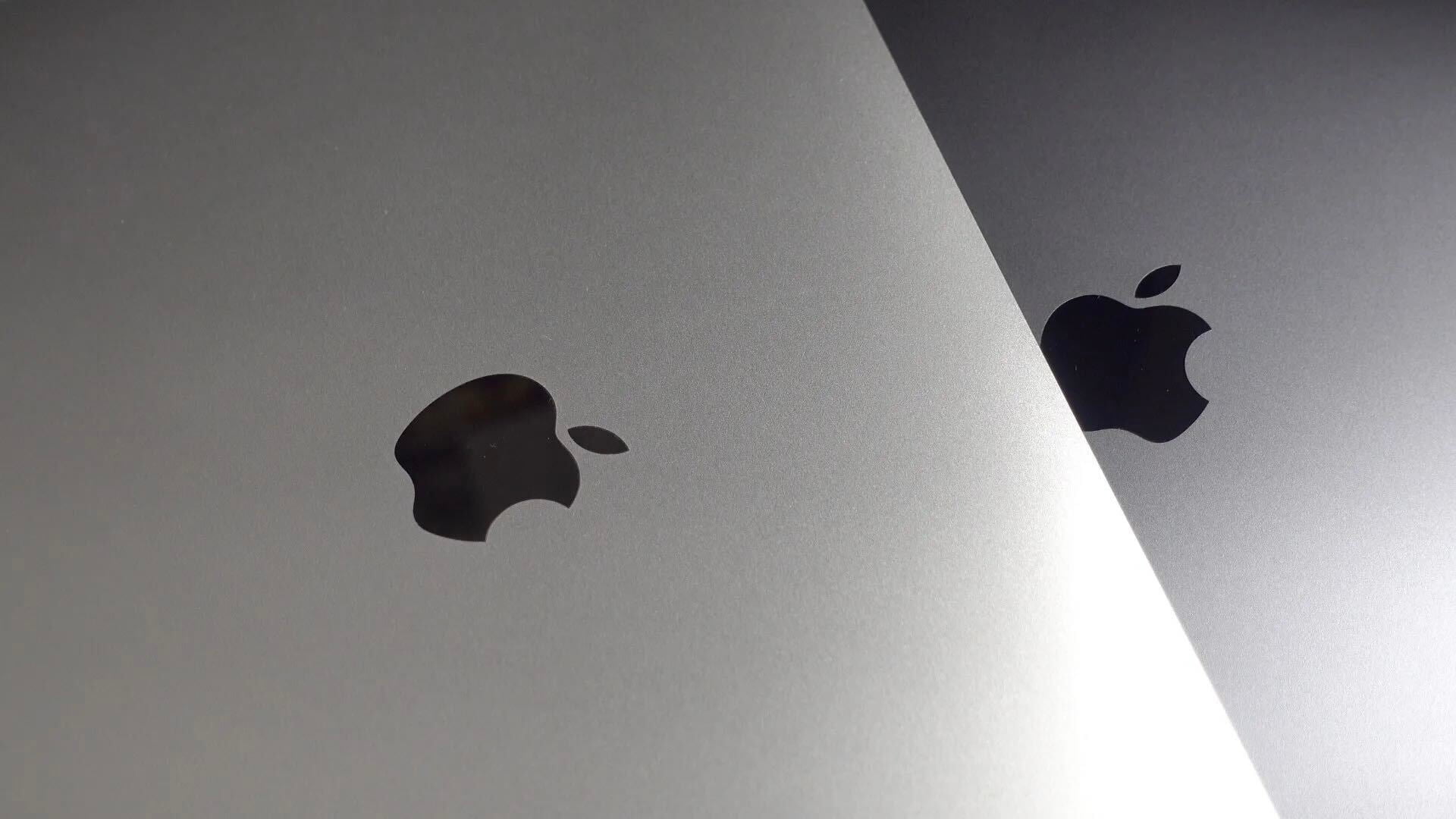
With Apple Watch Series 4, Apple added a electrocardiogram monitoring (also known as ECG and EKG). The ECG app on Apple Watch (Series 4 or newer) can record your heartbeat and rhythm using the electrical heart sensor and then check the reading for atrial fibrillation (AFib). It then records that information into the Apple Health app.
Since the release of Apple Watch, there have been countless stories of people’s lives being saved by the health advancements in Apple Watch and Apple’s Health initiatives.

If you have an Apple Watch Series 4 or newer, here’s a how to guide on how to take an ECG.
Apple also includes a Health app on the iPhone where it easy to learn about your health and start reaching your goals. It consolidates data from iPhone, Apple Watch, and third-party apps in one place.
Top Stories on Apple Health
- Apple Watch user discovers A-fib heart issue with new ECG app, ‘this probably saved you,’ says doctor
- How Apple Watch saved one man’s life — and how it’s empowering him after his heart attack
- Apple Watch again credited with saving a life as it leads New York man to discover erupted ulcer
- Apple Watch skeptic discovers Afib days after ECG app reaches Europe
- How to share ECG results with your doctor
- Apple Watch customer identifies A-fib heart condition after dismissing symptoms as ‘holiday anxiety’
- Apple Watch credited with alerting Seattle man his A-fib had returned, potentially preventing stroke
- Reddit user says Apple Watch saved his life helping detect supraventricular tachycardia
- Tim Cook shares story of user who discovered A-fib and other health issues with Apple Watch
- Apple Watch fall detection sent emergency services to the aid of an 80-year-old woman
